Enigma, Colossus or the history of British cryptography at Bletchley Park
Today I went to Bletchley Park , the benefit of an hour by car from home. This place was the object of maximum secrecy during the Second World War. At this military base, for example, Alan Turing hacked Enigma codes , and there was built Colossus , a tube computer used to crack ciphers.
Now there is a museum of cryptography and encryption. The Colossus has recently been restored, and you can see it in action. My goal was to see Colossus and Enigma.
On this day, as luck would have it, normal English weather - it was raining. My favorite Beeline umbrella came in handy as always.

Here they tried to preserve the spirit of the times of war - if it were not for the sticker on the glass, it would be a photo of that time.
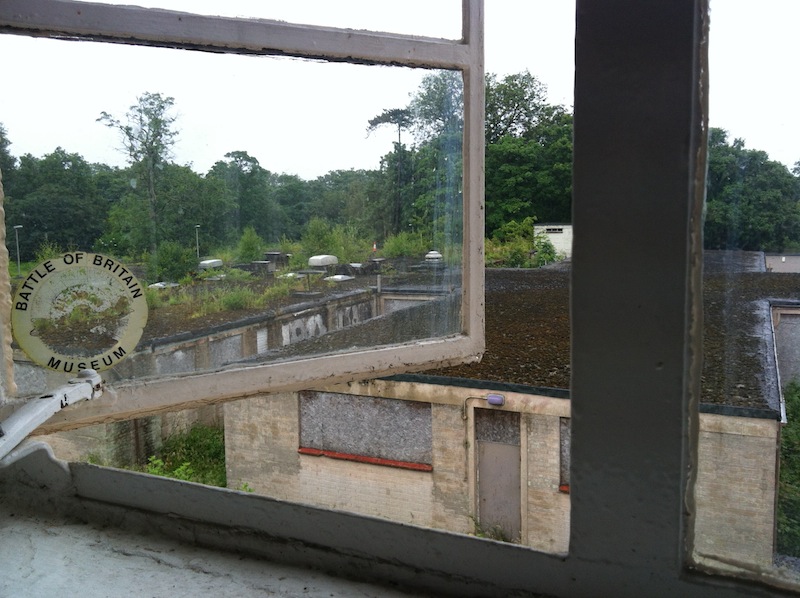
Illustrations in the past have always been done with love and attention to detail.

Some kind of revolver. The eye caught on because it was so close.

Interestingly, I personally saw Schmeiser so close for the first time in my life.
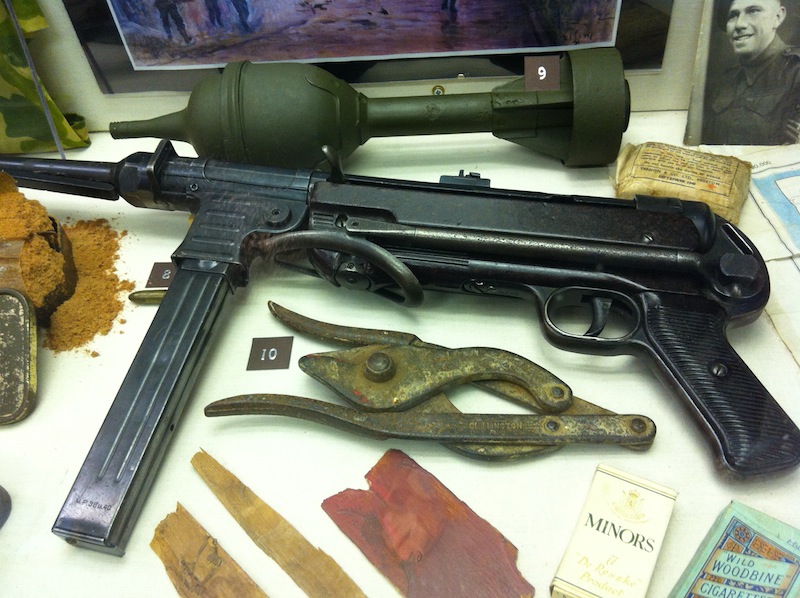
Does this remind you of anything? Crimp for twisted pair? This device is from the Second World War.

Apparently, this is the Enigma key disk, or rather some kind of enigma-like machine.
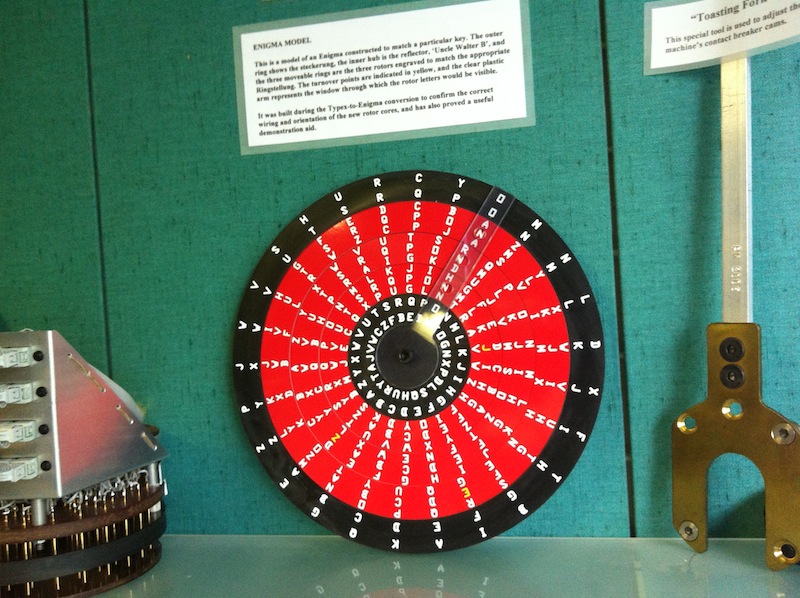
Actually, Enigma, or rather there are a lot of them. I imagined that Enigma is a specific device that I know from the American remix of the film “Das Boot”. It turns out that they were let out by all and sundry.
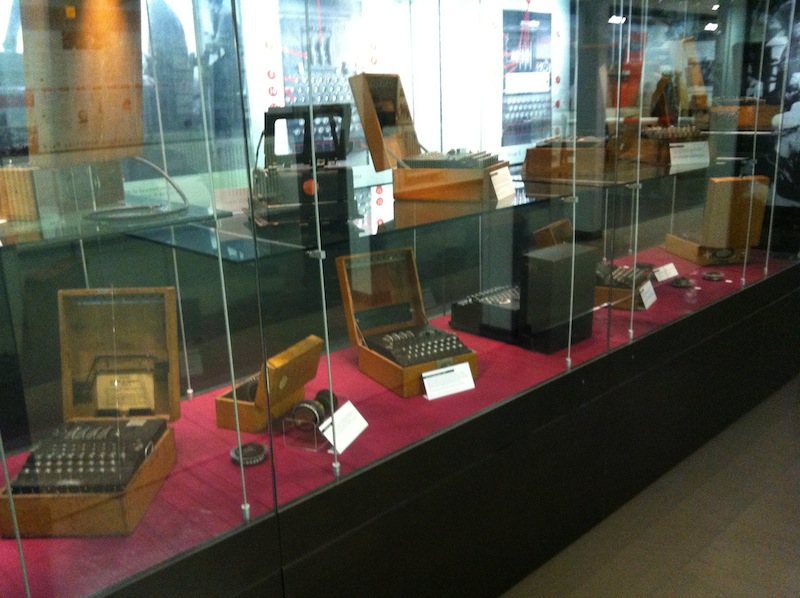
Cipher from Siemens.

Or here is the portable version.

Here all the exhibits are real, they are 70 years old or more. They are simply politely asking not to touch them.
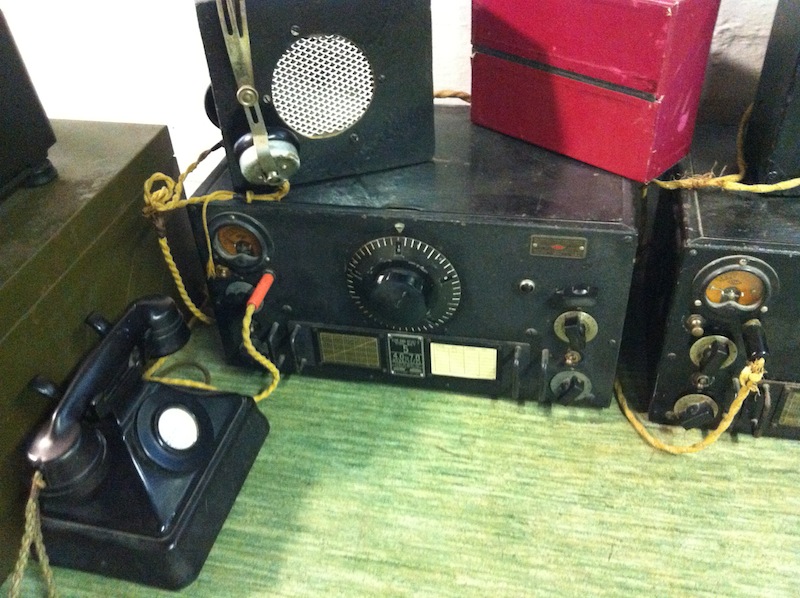
And here is the Bombe machine specifically used to crack the Enigma code.

Back view.

Its fragment in action.
In the radio room.
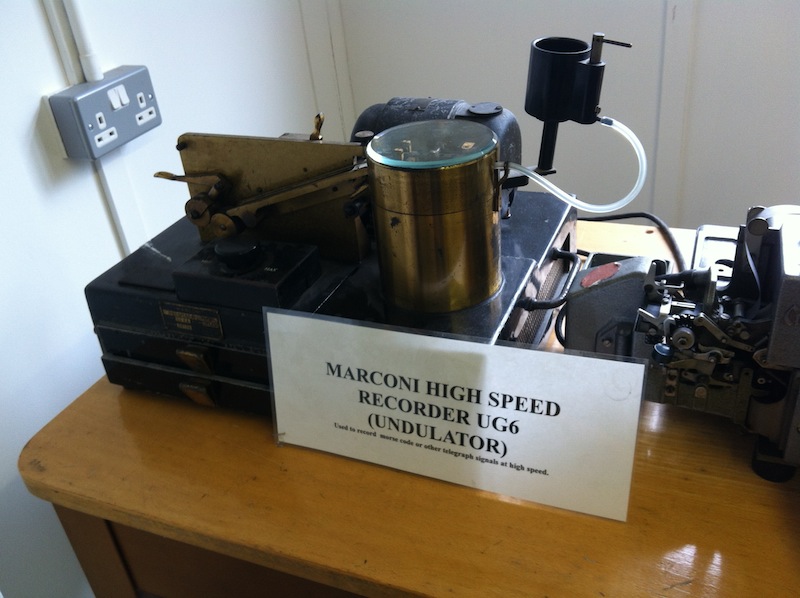
And now I'm halfway to the cherished goal - Colossus.

And so, here He is - the super-secret computer of the British intelligence services during the war. Through the efforts of enthusiasts, the device was recently restored and launched. It consists of two panels, stuffed mainly with lamps. This is the front panel on the left.
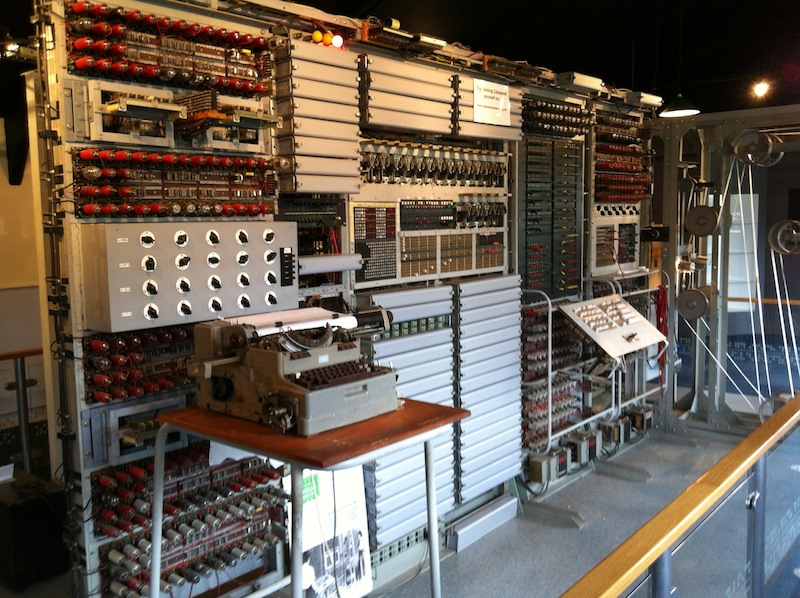
Front panel, right.
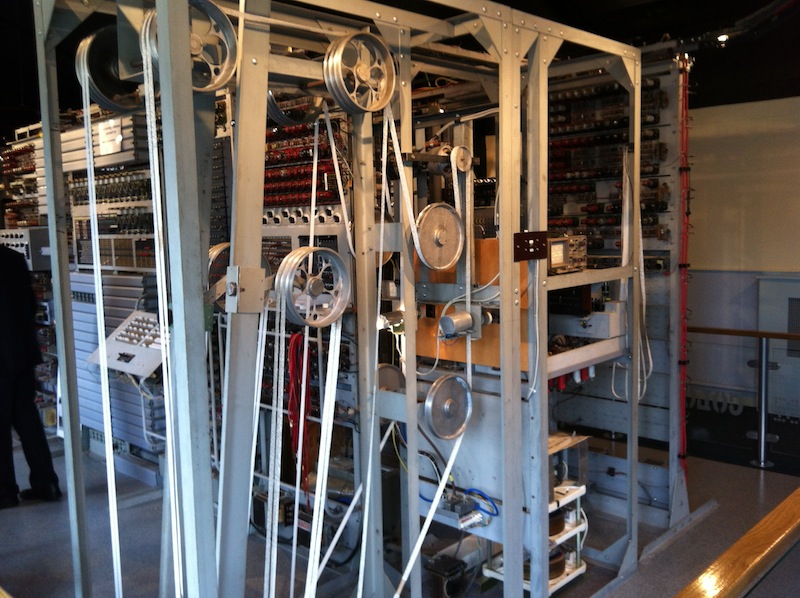
Right back. Since all this is cracking and stirring (punched tapes, all kinds of rollers), there is a real buzz. Floor fans already cool lamps of our time.
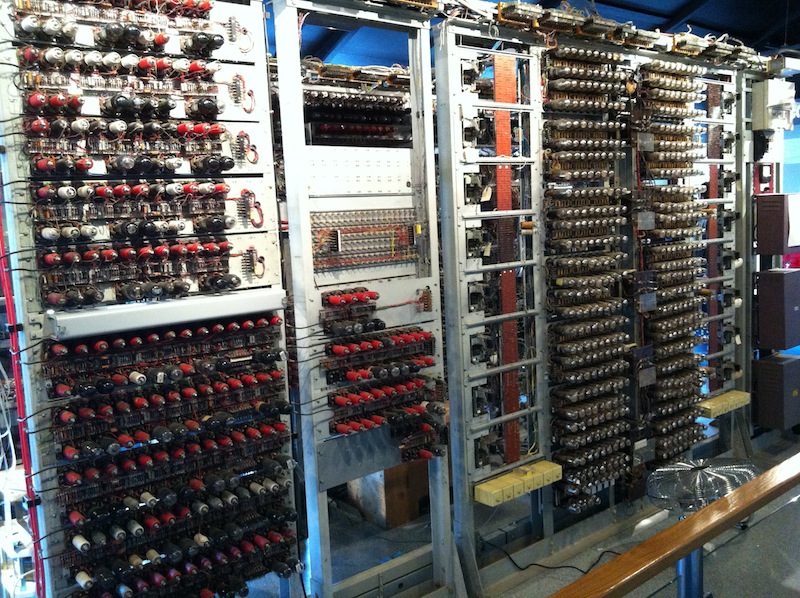
Left behind.

On the side between the panels. The oscilloscope even shows some kind of signal.
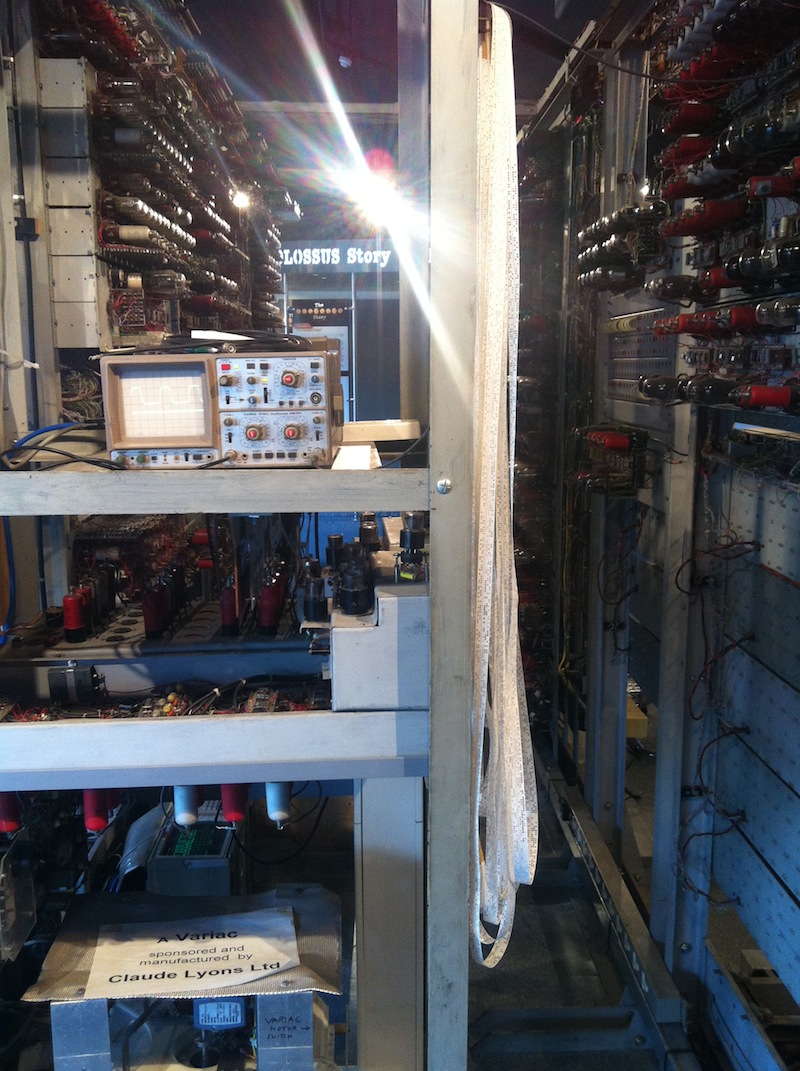
How the Colossus works.
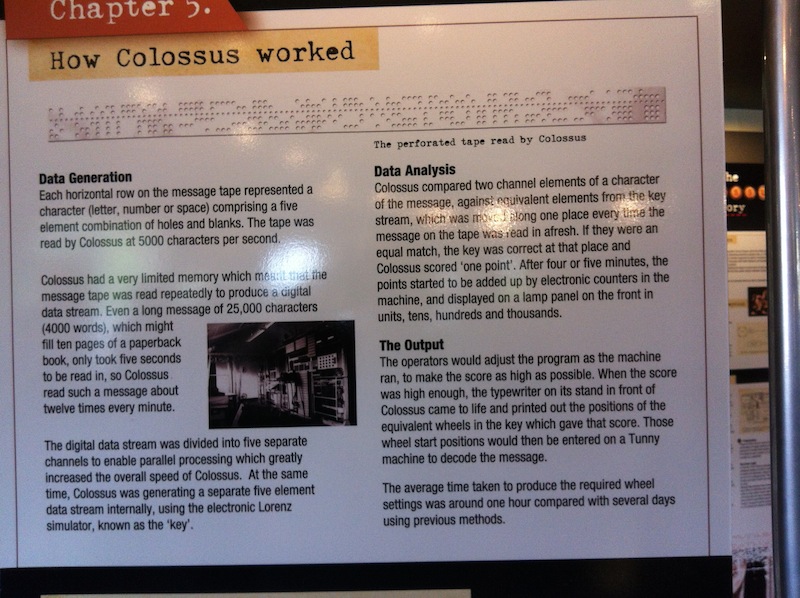
To be honest, somehow I was not impressed. Well, buzzing, well, something goes there and there. Probably, if it were possible to code the program right on the spot, it might have inserted it.
In the same building where Colossus stands, is The National Museum of Computing . Alas, today it was closed. Even a $ 50 bribe in person to the duty officer did not take place. And I wanted to look into the mainframe and staff room.
Sad photo through the bars.

In any museum there is always a souvenir shop. Here, surprisingly, 80 percent are books about the history of cryptography. But what should be in any self-respecting bookstore is a sofa.
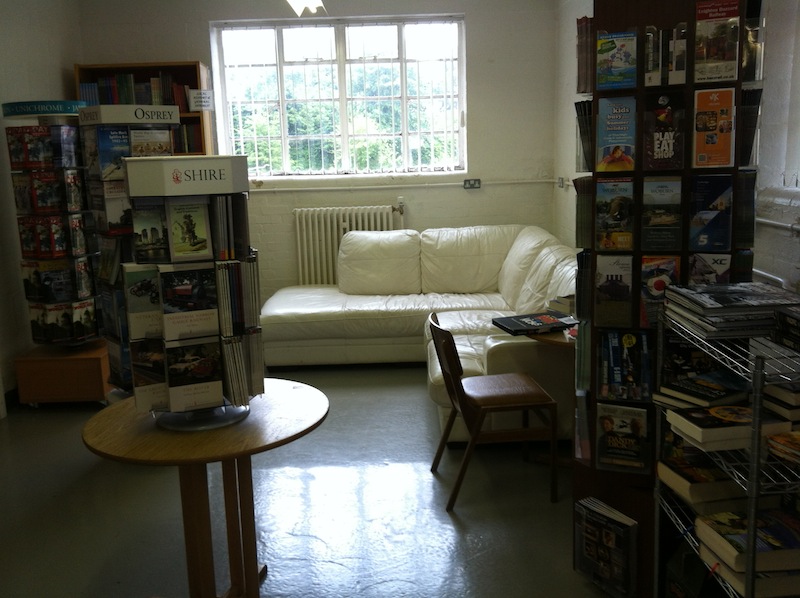
Now there is a museum of cryptography and encryption. The Colossus has recently been restored, and you can see it in action. My goal was to see Colossus and Enigma.
On this day, as luck would have it, normal English weather - it was raining. My favorite Beeline umbrella came in handy as always.

Here they tried to preserve the spirit of the times of war - if it were not for the sticker on the glass, it would be a photo of that time.

Illustrations in the past have always been done with love and attention to detail.

Some kind of revolver. The eye caught on because it was so close.

Interestingly, I personally saw Schmeiser so close for the first time in my life.

Does this remind you of anything? Crimp for twisted pair? This device is from the Second World War.

Apparently, this is the Enigma key disk, or rather some kind of enigma-like machine.

Actually, Enigma, or rather there are a lot of them. I imagined that Enigma is a specific device that I know from the American remix of the film “Das Boot”. It turns out that they were let out by all and sundry.

Cipher from Siemens.

Or here is the portable version.

Here all the exhibits are real, they are 70 years old or more. They are simply politely asking not to touch them.

And here is the Bombe machine specifically used to crack the Enigma code.

Back view.

Its fragment in action.
In the radio room.

And now I'm halfway to the cherished goal - Colossus.

And so, here He is - the super-secret computer of the British intelligence services during the war. Through the efforts of enthusiasts, the device was recently restored and launched. It consists of two panels, stuffed mainly with lamps. This is the front panel on the left.

Front panel, right.

Right back. Since all this is cracking and stirring (punched tapes, all kinds of rollers), there is a real buzz. Floor fans already cool lamps of our time.

Left behind.

On the side between the panels. The oscilloscope even shows some kind of signal.

How the Colossus works.

To be honest, somehow I was not impressed. Well, buzzing, well, something goes there and there. Probably, if it were possible to code the program right on the spot, it might have inserted it.
In the same building where Colossus stands, is The National Museum of Computing . Alas, today it was closed. Even a $ 50 bribe in person to the duty officer did not take place. And I wanted to look into the mainframe and staff room.
Sad photo through the bars.

In any museum there is always a souvenir shop. Here, surprisingly, 80 percent are books about the history of cryptography. But what should be in any self-respecting bookstore is a sofa.

